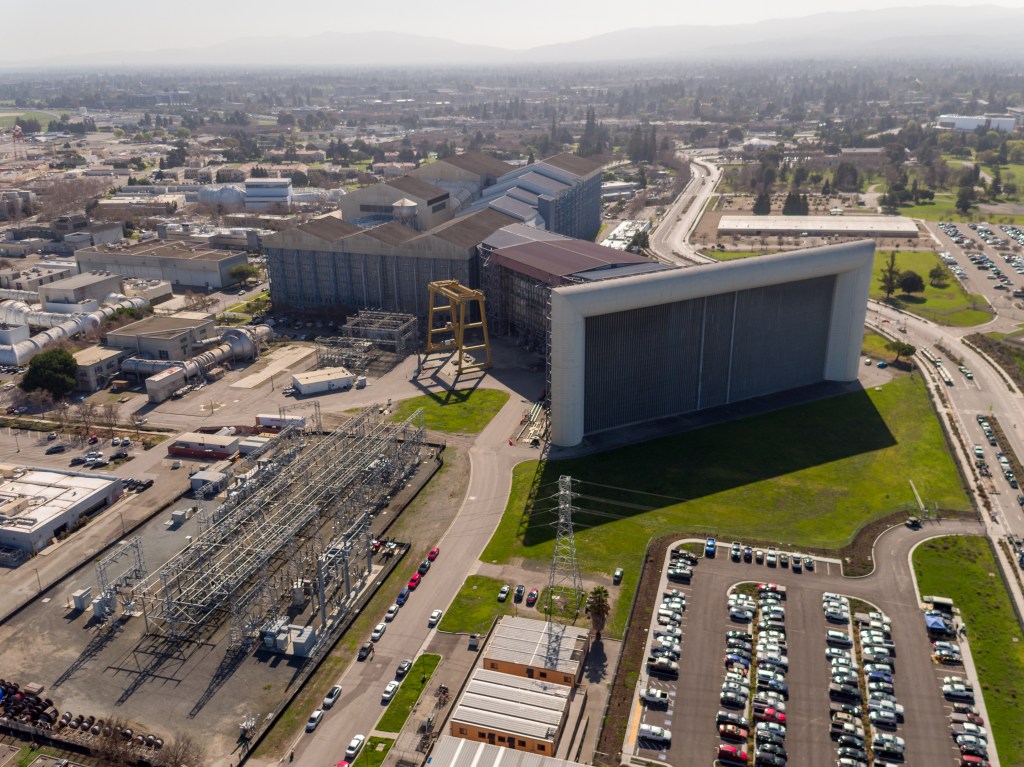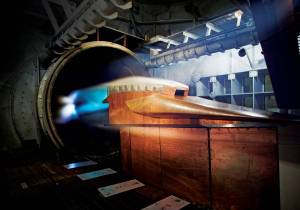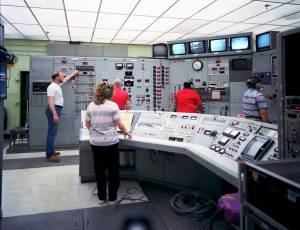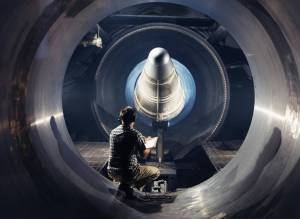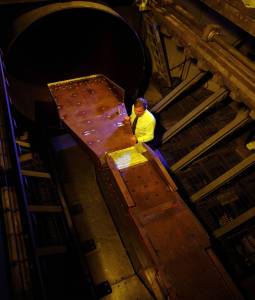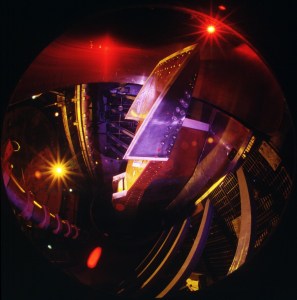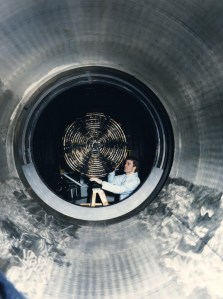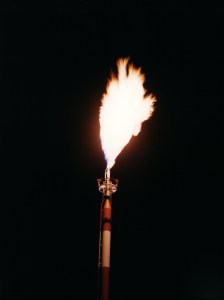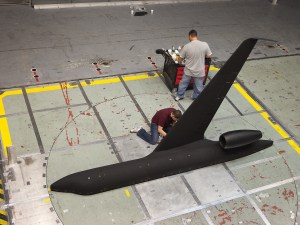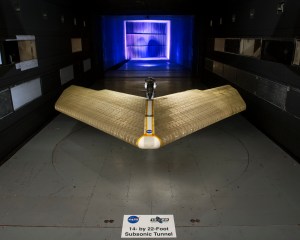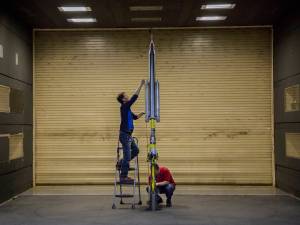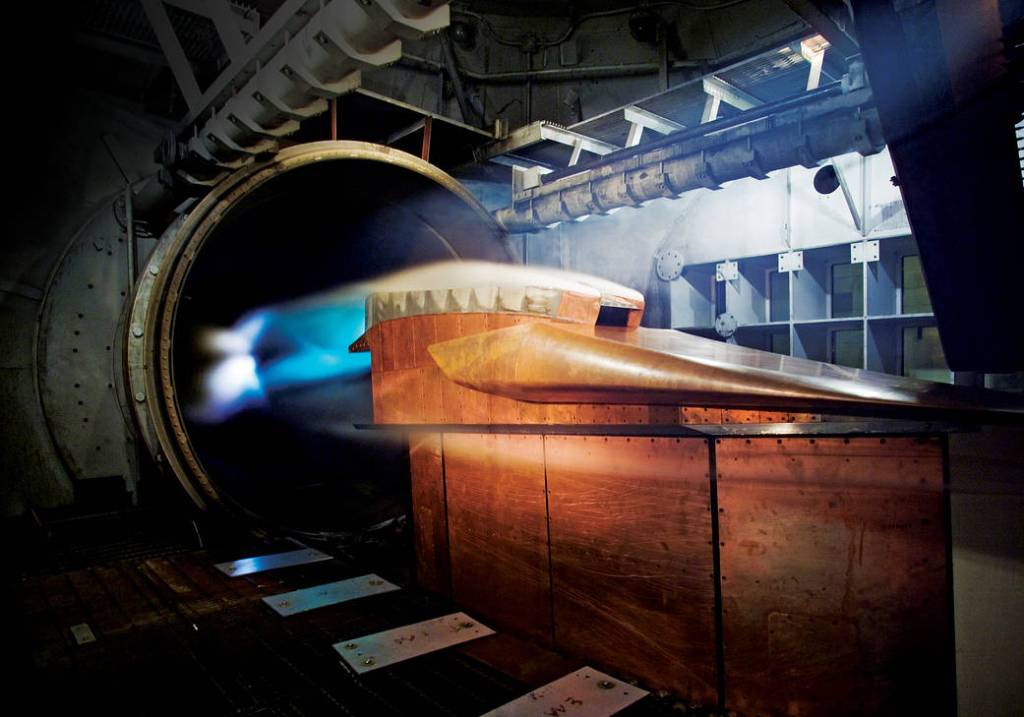


8-Foot High-Temperature Tunnel Facility
The 8-Foot High Temperature Tunnel (HTT) provides combustion-heated hypersonic blowdown-to-atmosphere simulation for Mach numbers of 3, 4, 5, and 6.5 through a range of altitude from 50,000 to 120,000 feet.
Focus Areas and Capabilities
Learn more about the specifications and capabilities of this facility.
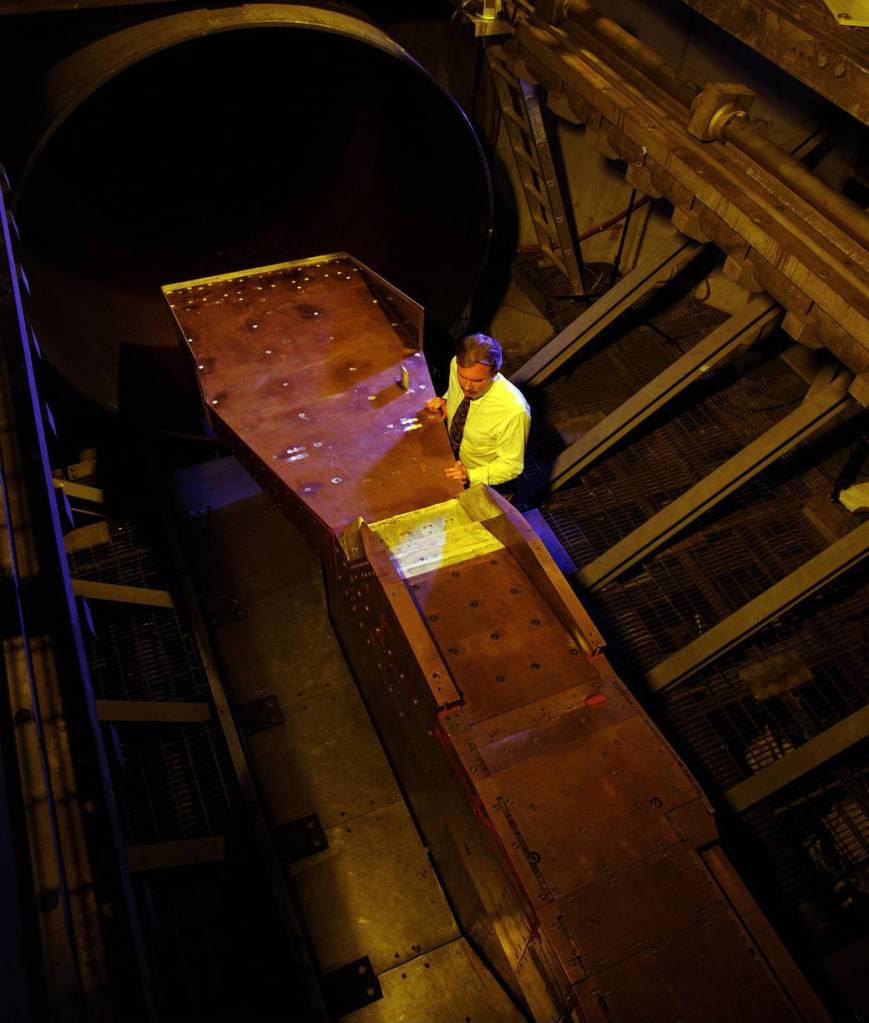
Characteristics
The facility test stream is produced by burning methane, air, and liquid oxygen and expanding the combustion products through any one of several nozzles in to the test section.

Quick Facts
It has an array of test support systems: hydrogen system, silane system, JP–7/JP–10 systems, ethylene system, model hydraulic system, water cooling systems, and nitrogen purge systems.
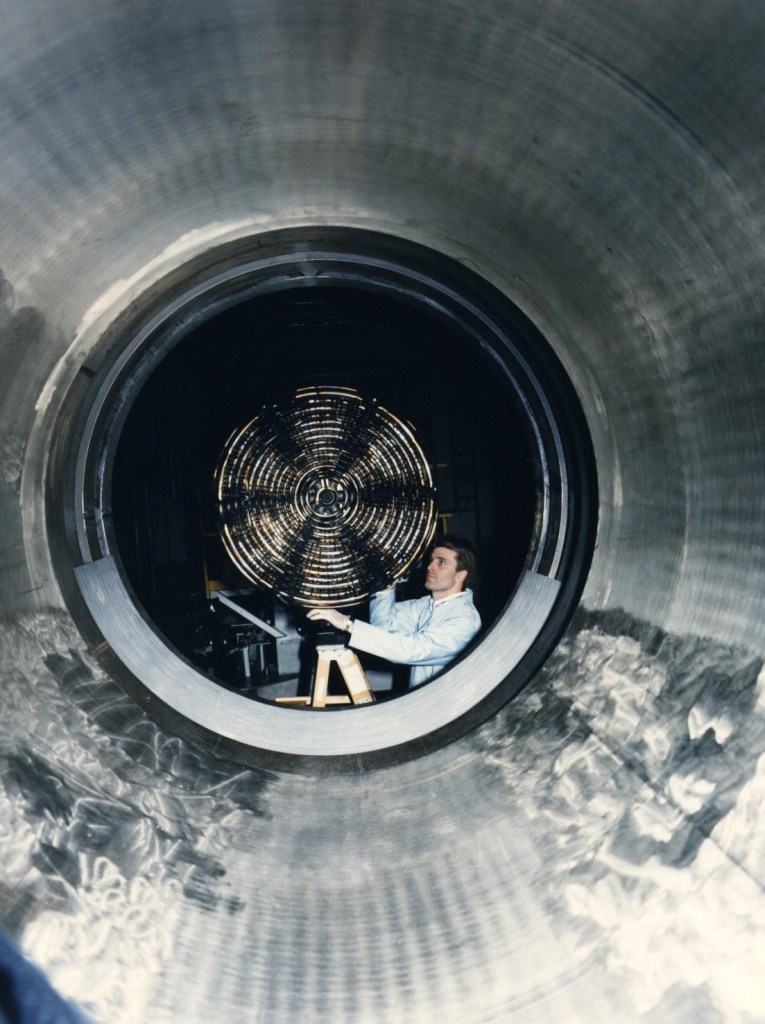
Data Acquisition
The facility currently provides testing capability at Mach 3, 4, 5, and 6.5. The test section accommodates very large (5 by 9 ft) thermal protection system models.
8-Foot High Temperature Tunnel Gallery
Contact Information
8-Foot High Temperature Tunnel
Facility Manager: Aaron Fuchs
(757) 864-2878
NASA Langley Research Center
Hampton, VA 23681
(757) 864-1000
Fact Sheet
The 8-Foot High-Temperature Tunnel (HTT) is the nation’s largest hypersonic blow down test facility.
The facility supports large-scale thermal protection system testing, flight qualification testing, and hypersonic engine testing. The HTT duplicates as near as possible, the flight conditions that would be encountered by hypersonic vehicles in the atmosphere.
Read More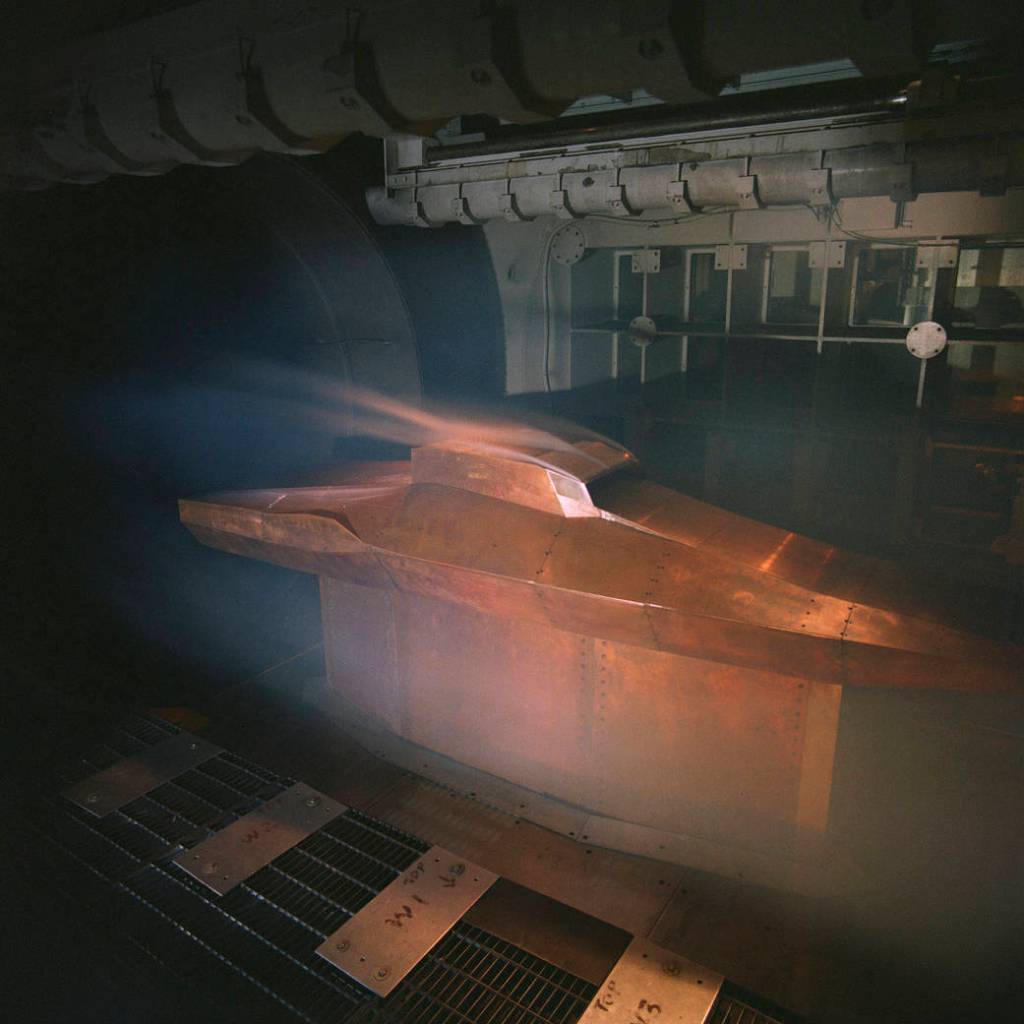
AETC Hypersonic Facilities
NASA operates two Hypersonic Facilities. The Aerothermodynamics Laboratory and the 8-Foot High-Temperature Tunnel.
Read More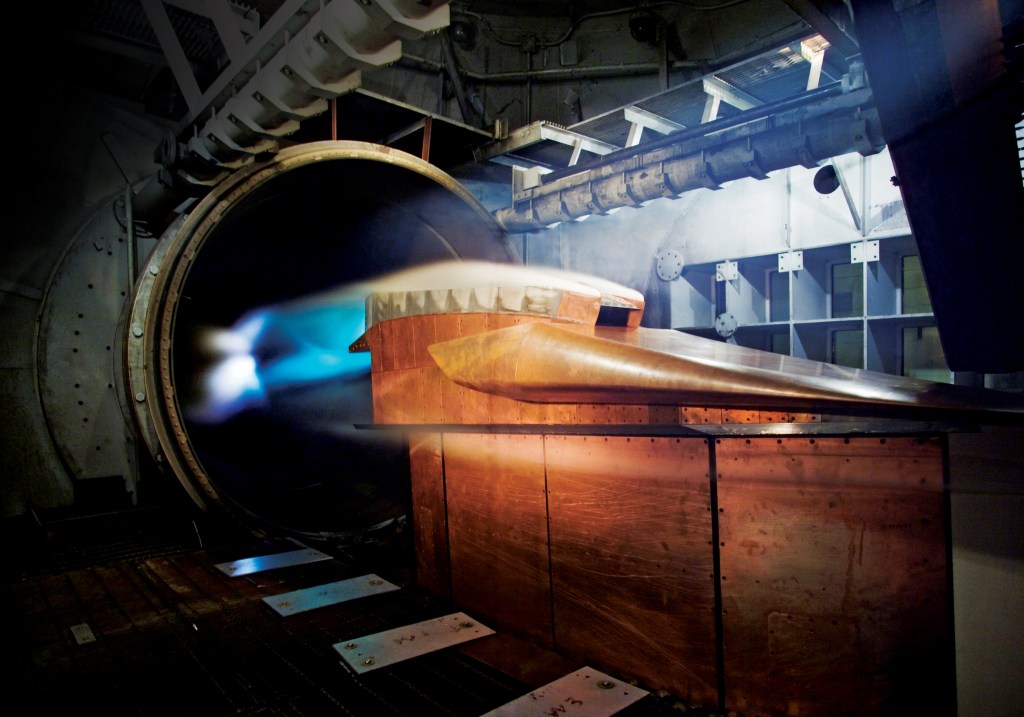
AETC Ground Facilities
AETC sets the strategic direction for NASA’s versatile and comprehensive portfolio of ground test aeronautics research capabilities.
Among these assets are subsonic, transonic, supersonic, and hypersonic wind tunnels and propulsion test facilities at Ames Research Center, Glenn Research Center, and Langley Research Center.
Read More